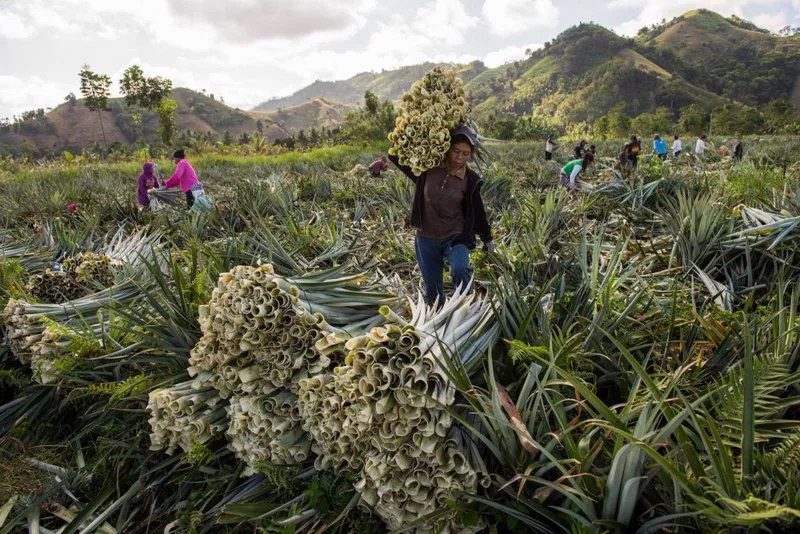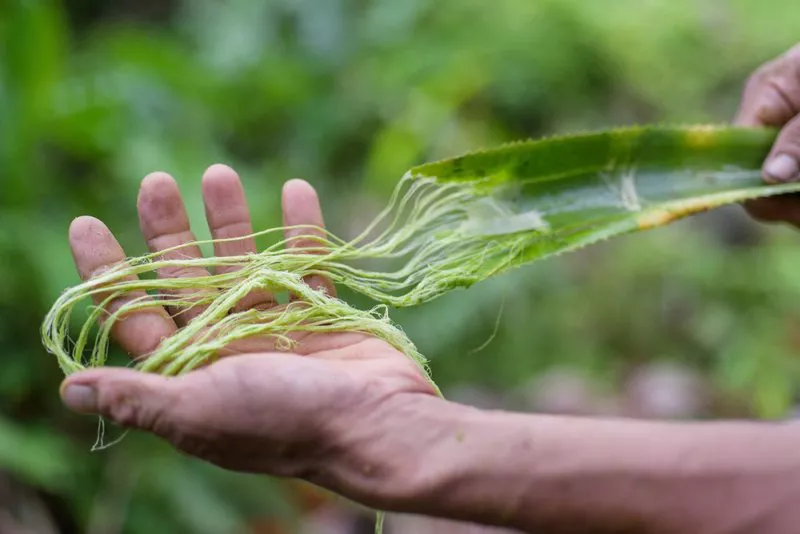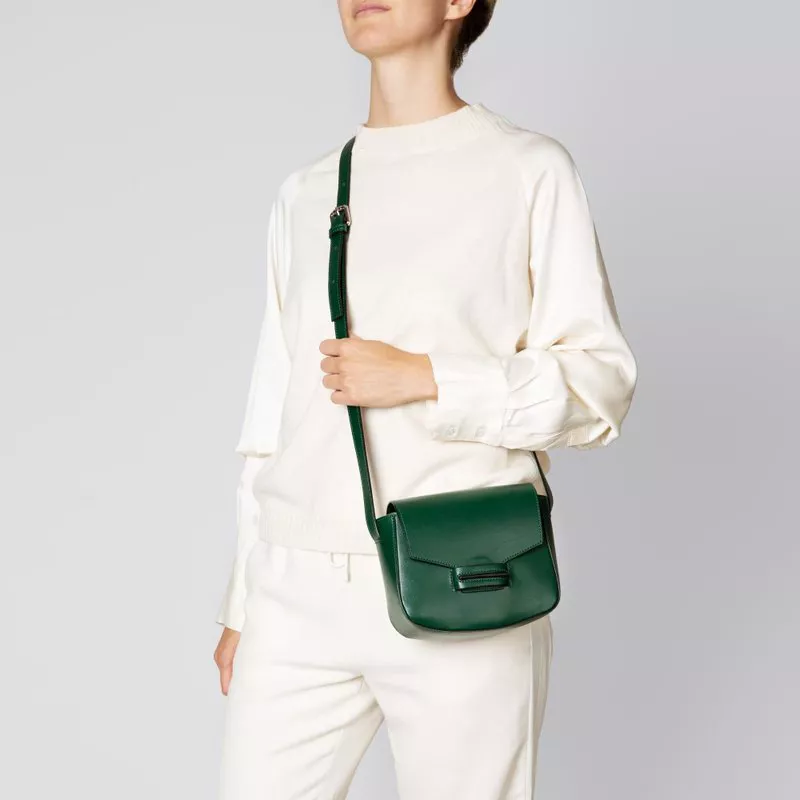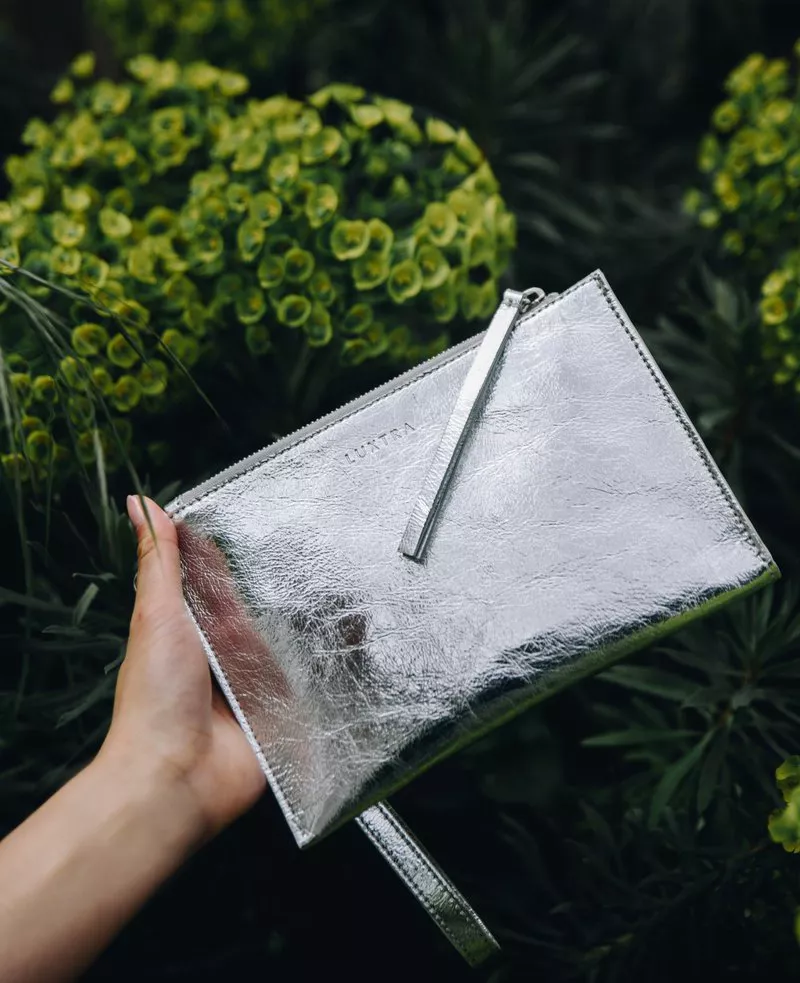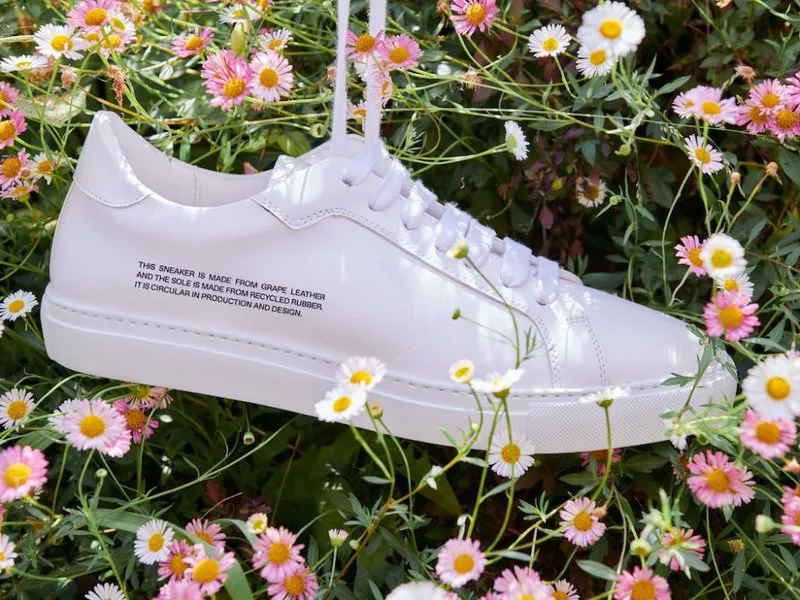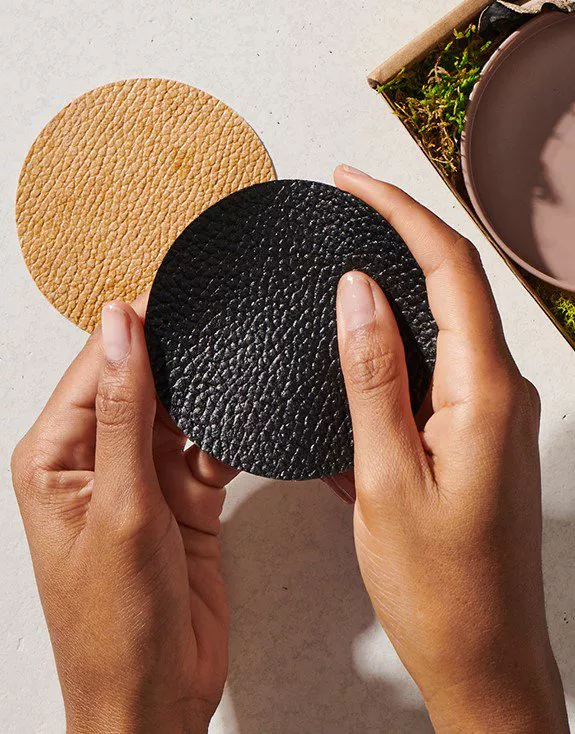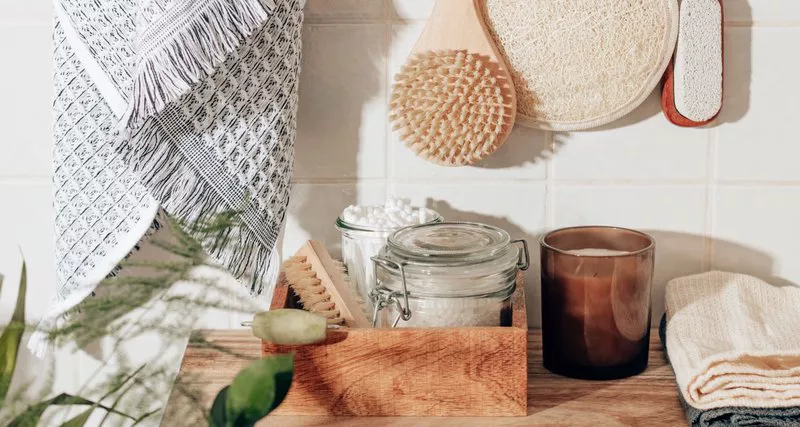12 November 2021
A guide to interesting up-and-coming alternative materials by sustainable materials expert and founder of LUXTRA London, Jessica Kruger.
It wasn’t so long ago that sustainable materials were a fringe concept. Over the past few years however, cutting edge textiles and leather alternatives have started to make their way into the mainstream.
As companies realise the importance of adopting sustainable business practices, we’re beginning to see these exciting new materials appearing in a diverse array of industries including fashion, furniture, automotive and even construction. Let’s dive in to take a look at some of the exciting developments.
Organic cotton was once considered the height of eco-friendly textiles but there are many, even more conscious materials now available on the market.
Offering a similar look and feel to cotton, hemp has the advantage of requiring virtually no water. This is in stark contrast to conventional cotton, which takes on average 10,000 litres of water to cultivate a single kilogramme of raw cotton.
Econyl, a nylon thread made from plastic waste
It’s exciting to see an increasing number of materials made from recycled elements – be it cotton, fishing nets, or water bottles. Some of the better-known textiles are ECONYL® (made from synthetic waste such as industrial plastic and fishing nets) and TENCEL® (created by dissolving wood pulp and requiring less energy and water to produce compared to cotton).
Whilst leather has been around for millennia, toxic chemicals, questionable animal welfare and the copious amounts of water used during the process have caused many to seek more ethical and eco-friendly alternatives.
There are dozens of companies around the world crafting leather-alternatives from plants including apple, pineapple leaves, cactus, mushrooms and olives. Many of these raw materials also happen to be agricultural waste products, making for a fantastic example of “upcycling” within the industrial supply chain.
Pineapple leaves are collected and repurposed
Made from pineapple leaf fibres, Piñatex® is one of the leading leather alternatives. To manufacture the material, pineapple plant leaves are collected after pineapples have been harvested. The pineapple farmers are paid for the leaves as well, providing them with an additional income stream.
Fibres from pineapple leaves
The leaves are threshed (i.e. flailed) to expose the fibres within, which are then washed, dried and knitted together into a felt. Available in many colours, Piñatex® is recognised by its slightly crinkled texture.
Another leading player in the plant-based leather industry is AppleSkin™, made by a company called Frumat. The material makes use of apple waste left behind after the fruit has been juiced. Based in Florence, the Italian company already produces on a large scale and aims to make the material fully circular in the near future.
LUXTRA London’s saddle bag made from AppleSkin™
Made in Italy based on Japanese technology, Organeah is a leather-like material derived from 100% recycled nylon – a fibre that, until recently, has been notoriously difficult to process. When viewed under the microscope, Organeah has a structure very similar to leather, making it very appealing to those who are used to traditional leather. Very soft to the touch, Organeah is available in a large array of colours and textures, making it an exciting material to work with.
A LUXTRA London pouch made from Organeah
Commonly referred to as “grape leather”, VEGEA is a plant-based leather alternative made by a company of the same name. Made in Italy from grapes left over from the wine making process, VEGEA has been used by companies including H&M, Bentley, Le Coq Sportif and Marni.
A trainer made from VEGEA
You may have heard of Mylo™, a material that's had its fair share of coverage thanks to collaborations with Stella McCartney, Adidas, Lululemon, Gucci and Bottega Venetta. Often called "mushroom leather”, Mylo™ is made from mycelium, which is effectively the root system of mushrooms. We should begin to see it used by more brands in the coming years.
Swatches of MYLO ™ vegan
Mirum® is a high-performance plant-based material with 100% natural inputs and completely plastic-free. This is in contrast to many of the above materials, which still employ an amount of polyurethane, or more commonly referred to as PU which is essentially a type of plastic, to bind the plant-based raw materials.
Another material that has made waves in recent years is Desserto. Made in Mexico from an indigenous cactus, the company was founded by two colleagues who had become disenchanted by what they observed in the leather industry. The material comes in a range of colours, thicknesses and textures, and to date has been used in products including handbags, footwear, apparel and interiors.
LUXTRA London Mini handbag, made from Desserto®










